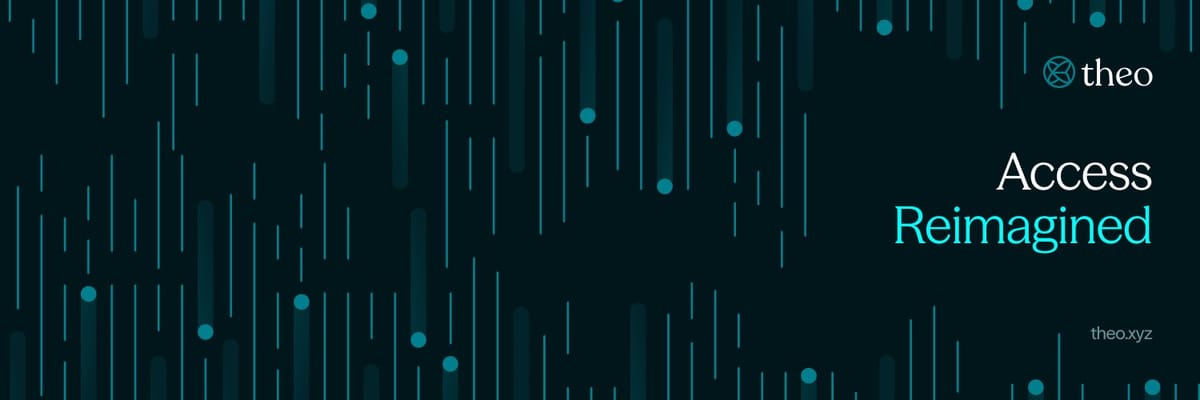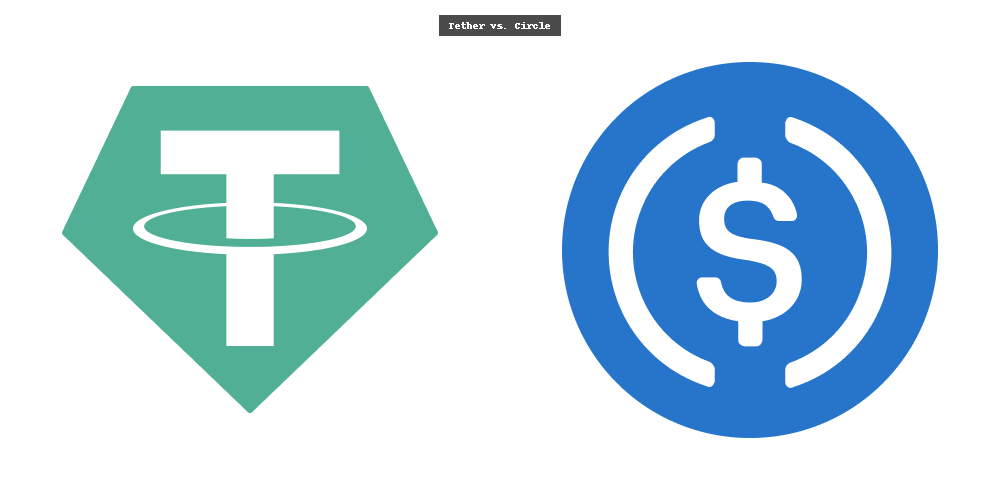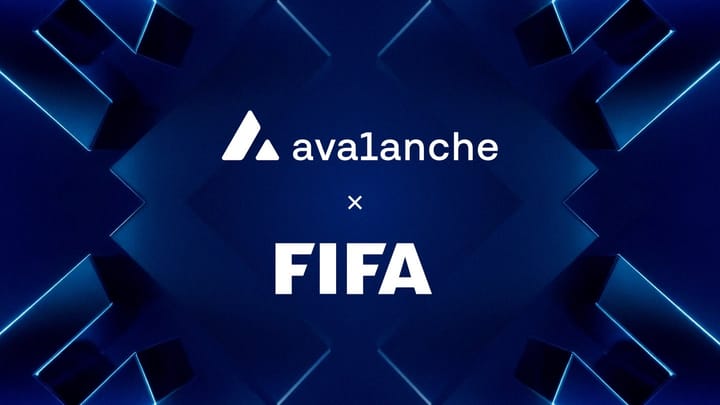Theo Network: Pioneering DeFi Liquidity with Mitosis Matrix

THEO NETWORK
Decentralized Finance (DeFi) has transformed how we think about financial systems, offering permissionless, transparent, and efficient alternatives to traditional finance At the forefront of this revolution is Theo Network, a decentralized liquidity infrastructure that is redefining funding rate strategies and capital efficiency in DeFi. As a key partner in the Mitosis Matrix campaign, Theo Network integrates its innovative, delta-neutral strategies with Mitosis’s Ecosystem-Owned Liquidity (EOL) model to deliver institutional-grade yields and seamless cross-chain functionality In this article I’ll be exploring Theo Network’s mission, its integration with Mitosis Matrix, its unique approach to liquidity management, and its potential to shape the future of DeFi
Theo Network: A New Paradigm in DeFi Liquidity Theo Network is a stablecoin network designed to optimize funding rate strategies and enhance capital efficiency across on-chain markets. Unlike traditional DeFi platforms that rely on volatile, market-driven funding rates, Theo Network employs a balance-sheet-driven model that prioritizes stability, risk management, and sustainable yields. By combining on-chain smart contracts with off-chain risk engines, Theo ensures that liquidity providers (LPs) and traders can access predictable returns without exposure to market swings. This approach has positioned Theo as a game-changer in the DeFi space, particularly through its flagship application, Theo Earn, which facilitates high-yielding carry trade opportunities.
Theo Network’s mission is to democratize access to institutional-grade trading infrastructure, a goal underscored by its recent $20 million raise led by Hack VC and Anthos Capital, with participation from prominent investors like Amber Group, Mirana, and SCB. Announced on April 24, 2025, this funding round signals strong confidence in Theo’s vision to scale DeFi by bridging liquidity across multiple chains and trading venues.
Integration with Mitosis Matrix
Theo Network’s partnership with Mitosis, a Layer-1 blockchain focused on Ecosystem-Owned Liquidity, is a cornerstone of its strategy to enhance DeFi liquidity Mitosis’s Matrix Vaults allow users to deposit assets like weETH (wrapped Ether) or miweETH (Mitosis-specific wrapped Ether) into smart contracts on Ethereum, Arbitrum, or Linea, receiving tokenized positions (maAssets) that generate Omni-Sourced yields from multiple ecosystem sources.
Theo Network’s inaugural Matrix Vault campaign, the Theo Straddle, launched in March 2025, integrates its delta-neutral funding rate strategy with Mitosis’s infrastructure to offer LPs access to both Theo token rewards and MITO Points (weETH).
The Theo Straddle Vault operates by deploying deposited assets into a delta-neutral strategy that leverages Aave and Hyperliquid. Users deposit weETH or miweETH, which is then used to borrow USDC on Aave. The borrowed USDC is bridged to Hyperliquid, a leading decentralized derivatives trading platform, to capture the ETH funding rate through a short position. This strategy is designed to be market-neutral, automatically rebalancing collateral as ETH prices fluctuate, ensuring stable returns regardless of market volatility.
Withdrawals are flexible, processed every two days, with users forfeiting a portion of accumulated yields (up to 20%) if they exit early, aligning incentives for long-term participation
This collaboration, announced on February 25, 2025, via Mitosis’s official channels, marks Theo Network as the first selected partner for Mitosis Matrix Vaults, highlighting its role in bringing sophisticated financial engineering to retail DeFi users. The campaign, which began on March 13, 2025, started with a 3,000 miweETH/weETH deposit cap for Phase 1, expanding access in subsequent phases to include broader participation.
The Theo Straddle: A Delta-Neutral Revolution
At the heart of Theo Network’s integration with Mitosis is the Theo Straddle, a delta-neutral product that sets it apart from competitors like Ethena, which rely on market-driven funding rates Traditional funding rate models expose LPs to significant volatility, where market dips can erode yields overnight. Theo’s balance-sheet-driven approach mitigates this risk by maintaining a delta-neutral position, ensuring consistent returns through a combination of on-chain and off-chain mechanisms
The Straddle Vault’s mechanics are straightforward yet powerful. When users deposit weETH or miweETH, the assets are deployed at the start of a vault round. The strategy involves depositing weETH into Aave’s local instance on the supported chain (Ethereum, Arbitrum, or Linea), borrowing USDC, and using it to establish a short position on Hyperliquid. This captures the ETH funding rate, a premium paid by traders to maintain leveraged positions, without exposing LPs to directional market risk. The system’s conservative risk parameters and automatic collateral rebalancing further enhance stability, making it a safer alternative for liquidity provisioning
The Theo Straddle Vault also underwent rigorous security audits by Code4rena in Q3 2024, with an additional audit by Zellic concluding in Q1 2025, ensuring robust protection for user funds. This commitment to security aligns with Mitosis’s broader ecosystem, which prioritizes transparency and trust through partnerships with firms like Ethos and Routescan
Broader Implications for DeFi
Theo Network’s integration with Mitosis Matrix has far-reaching implications for DeFi
By combining Theo’s funding rate expertise with Mitosis’s cross-chain liquidity framework, the partnership addresses key challenges like capital inefficiency and fragmented liquidity. Over $50 billion in DeFi liquidity remains idle or underutilized due to market fragmentation, a problem Mitosis tackles through its programmable yield engines. Theo’s stablecoin operations enhance this by enabling seamless liquidity movement across chains, reducing inefficiencies and unlocking new yield opportunities
The Theo Straddle campaign also introduces a novel reward structure Users earn Theo tokens, which will be distributed post-Token Generation Event (TGE), alongside MITO Points (weETH) and Straddle yields The campaign’s base allocation of 0.07% of Theo’s total token supply increases with Total Value Locked (TVL) milestones, incentivizing greater participation Additionally, features like the OKX Wallet Boost and Morse Boost enhance rewards, making the campaign accessible and attractive to both new and seasoned DeFi users
Theo Network’s collaboration with Mitosis also draws inspiration from other partnerships, such as those with Morph Layer and Hyperliquid. For instance, a proposed integration with Hyperliquid, discussed in a July 2025 article, envisions new Matrix Vaults like maUETH, which could combine Ethereum’s liquidity with Hyperliquid’s high-frequency trading capabilities. This synergy could amplify liquidity for partner protocols and attract new users, further scaling the Mitosis ecosystem.
Community and Innovation
The Theo Network-Mitosis partnership is deeply rooted in community-driven innovation. A proposal from the Mitosis Discord’s Morse Ideathon, credited to user Kumatycoon, inspired the potential Hyperliquid collaboration, highlighting the role of community feedback in shaping Theo’s roadmap. The campaign’s phased approach, with eligibility snapshots taken on March 3, 2025, ensures fair access while rewarding early adopters, such as those in the Diamond Expedition Tier.
Theo Network’s focus on user experience is evident in its intuitive interface and transparent yield mechanisms. The campaign’s documentation addresses common user concerns, such as deposit timing (avoiding the daily 5-minute maintenance window from 11:55 PM to 12:00 AM UTC) and partial deposit issues due to dynamic caps. Users experiencing issues, like lost MITO Points, can seek support via Mitosis’s Discord, ensuring a user-centric approach
Challenges and Future Directions
While Theo Network’s approach is promising, it faces challenges. The complexity of cross-chain operations and reliance on external partners like Aave and Hyperliquid introduce potential risks, such as smart contract vulnerabilities or audit delays. Market risks, including cryptocurrency price fluctuations, and regulatory uncertainties also pose challenges. However, Theo’s rigorous audits and Mitosis’s security-focused partnerships mitigate these concerns.
Looking ahead, Theo Network aims to expand its offerings, potentially integrating with additional platforms like Libeara, a Standard Chartered-backed money market fund, to launch products like thBILL. Such initiatives could further institutionalize DeFi, bridging traditional and decentralized finance. The continued development of Theo Earn and new Matrix Vaults, like the proposed maUETH, signals a future where Theo and Mitosis lead in programmable liquidity and cross-chain innovation.
Conclusion
Theo Network is redefining DeFi liquidity through its balance-sheet-driven, delta-neutral strategies and strategic partnership with Mitosis Matrix. By integrating with Mitosis’s EOL framework, Theo delivers institutional-grade yields, enhances capital efficiency, and fosters cross-chain interoperability. The Theo Straddle Vault campaign exemplifies this vision, offering LPs stable returns, flexible withdrawals, and a robust reward system. With strong community backing, rigorous security measures, and a forward-looking approach, Theo Network is poised to shape the future of DeFi, making sophisticated financial tools accessible to all. As the ecosystem evolves, Theo’s collaboration with Mitosis will likely set new standards for liquidity management, driving DeFi toward a more resilient and inclusive future.



Comments ()